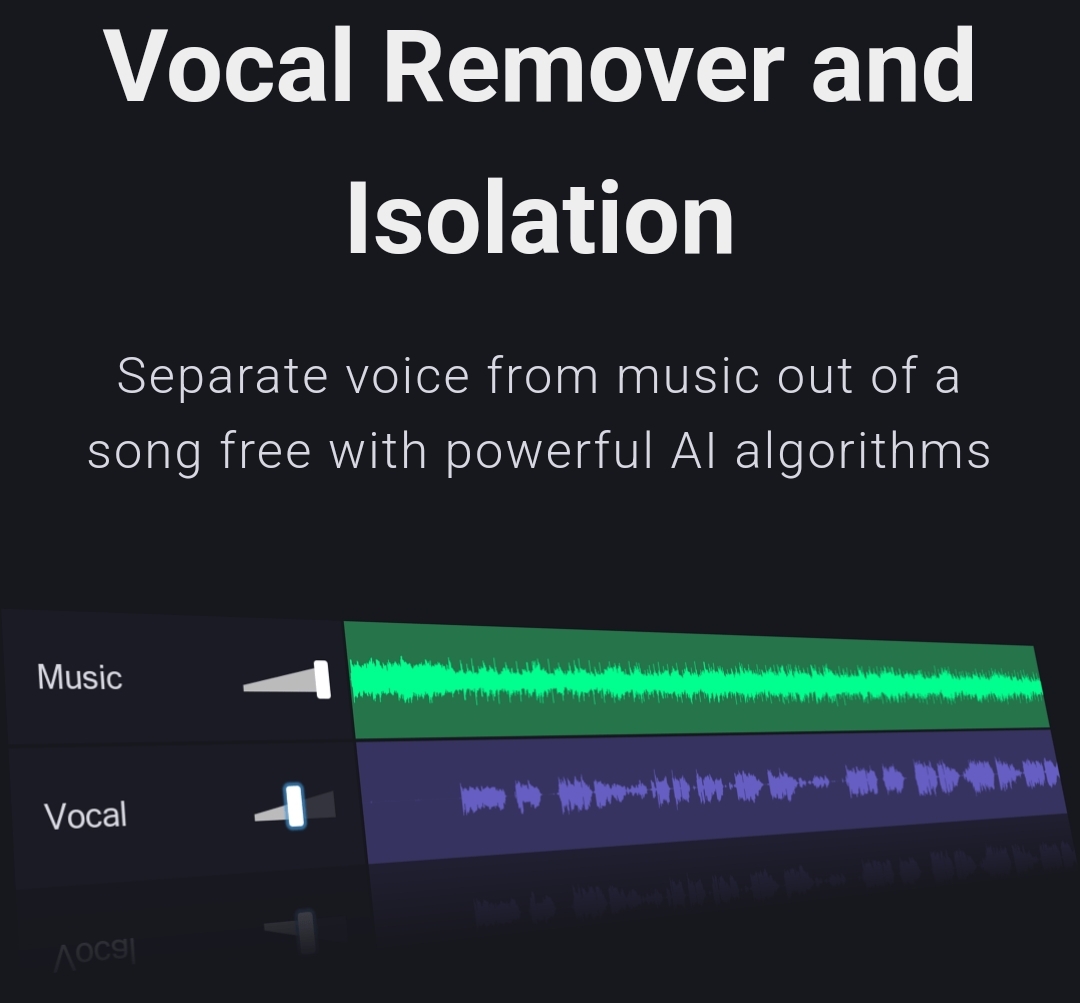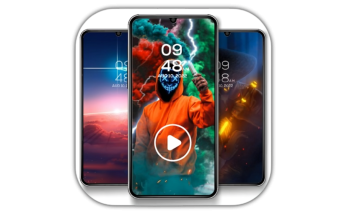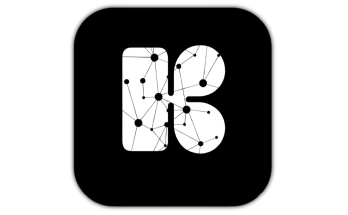Introduction
Vocal Remover technology stands at the forefront of music production innovation. This groundbreaking capability to isolate and extract vocal tracks from complete musical arrangements has transformed how musicians, producers, and content creators approach their craft. What began as crude phase cancellation techniques has evolved into advanced artificial intelligence systems capable of near-perfect stem separation. The implications of this technology extend far beyond simple karaoke track creation, influencing everything from music education to forensic audio analysis.

Understanding Vocal Removal Technology
At its core, vocal removal technology represents the intersection of digital signal processing and machine learning. Modern systems employ complex algorithms that analyze the spectral and spatial characteristics of audio recordings to identify and separate distinct musical elements. Unlike early methods that simply attempted to cancel center-panned vocals, contemporary solutions can differentiate between lead vocals, background harmonies, and various instrumental components with remarkable precision.
The process begins with spectral decomposition, where the audio file is broken down into its fundamental frequency components. Advanced neural networks then analyze these components, trained on vast databases of multitrack recordings to recognize patterns specific to human vocals. This training enables the system to make intelligent decisions about which elements to isolate or remove, even in complex musical arrangements where instruments occupy similar frequency ranges.
The Technical Foundations of Vocal Isolation
Several technical approaches have emerged in vocal removal, each with distinct advantages and limitations. Phase cancellation, one of the earliest methods, exploits the common mixing technique of placing vocals in the center of the stereo field. By inverting one channel and summing it with the other, engineers can theoretically cancel out center-panned elements. However, this method often leaves artifacts and fails when dealing with more sophisticated mixing techniques.
More advanced solutions utilize machine learning models trained on extensive multitrack libraries. These systems learn to recognize the unique characteristics of human vocals across different genres and recording styles. Some implementations employ convolutional neural networks that analyze both the frequency and temporal aspects of audio signals, allowing for more accurate separation even when vocals and instruments overlap in the frequency spectrum.
Recent developments in this field have introduced real-time processing capabilities, enabling live performance applications and immediate feedback during music production. These systems leverage powerful GPU acceleration to perform complex computations with minimal latency, opening new possibilities for interactive music applications and live sound engineering.
Applications in Professional Music Production
The professional music industry has embraced vocal removal technology as an indispensable tool in various aspects of production. Remix engineers frequently employ these techniques to create alternative versions of existing recordings, extracting vocal stems for reinterpretation with new instrumental arrangements. This capability has revolutionized the remix culture, allowing for more creative freedom and experimentation with source material.
Sample-based producers benefit tremendously from advanced vocal isolation, enabling them to extract clean vocal phrases or instrumental loops from existing recordings. While copyright considerations remain important, the technical ability to isolate specific elements has expanded the creative palette for electronic music producers and hip-hop beat makers.
In post-production for film and television, dialogue isolation tools derived from vocal removal technology help salvage poorly recorded audio or emphasize specific vocal elements in complex soundscapes. This application proves particularly valuable in documentary filmmaking and archival restoration projects where original multitrack recordings may not exist.
Educational Implications and Music Pedagogy
Music education has experienced significant transformation through vocal removal technology. Students learning instrumental performance can now easily access high-quality backing tracks for practice and performance. This accessibility has democratized music education, allowing aspiring musicians to play along with professional recordings in their own homes.
Ear training and transcription have also benefited from these advancements. Students can isolate specific instrumental parts to better understand complex arrangements or focus on particular elements of a mix. This targeted listening enhances musical analysis skills and deepens understanding of arrangement and production techniques.
For vocal coaches and students, the ability to remove original vocals while preserving the backing track creates ideal practice conditions. Singers can perform with professional arrangements while maintaining complete control over monitoring and recording their own vocal takes. This application has become particularly valuable in the era of remote music lessons and home recording.
Challenges and Limitations
Despite significant advancements, vocal removal technology still faces several technical challenges. Complex polyphonic music with dense arrangements often proves difficult to separate cleanly, particularly when multiple instruments occupy similar frequency ranges. The technology tends to perform best on modern productions with clear stereo separation and less effectively on vintage mono recordings or live concert captures.
Artifacts and residual audio elements frequently remain after processing, requiring additional manual cleanup in digital audio workstations. These artifacts may include ghost notes from instruments, reverberation tails that follow the removed vocal, or partial remnants of background harmonies. Professional users often combine automated vocal removal with traditional audio editing techniques to achieve optimal results.
The ethical and legal implications of vocal removal technology continue to spark debate within the music industry. While creating instrumental versions for personal use generally falls within fair use provisions, commercial applications raise copyright concerns. The technology’s potential to facilitate unauthorized sampling or create derivative works without permission remains a contentious issue that the legal system continues to grapple with.
Emerging Trends and Future Developments
The future of vocal removal technology points toward increasingly sophisticated applications and capabilities. Current research focuses on improving separation quality for historical recordings and developing systems that can adapt to various musical genres and production styles. Some experimental systems now incorporate music theory knowledge into their algorithms, enabling more intelligent separation based on harmonic and rhythmic context.
Integration with augmented and virtual reality platforms represents another exciting frontier. Imagine interactive music experiences where listeners can dynamically adjust mix elements in real-time or virtual rehearsal spaces where musicians can isolate specific parts of an arrangement. These applications could revolutionize how we experience and interact with recorded music.
Blockchain technology may provide solutions to copyright concerns by enabling embedded licensing information within audio files. This could create systems where vocal extraction automatically triggers royalty payments or usage permissions, potentially opening new business models for the music industry.
Comparative Analysis of Current Solutions
The market currently offers various vocal removal solutions catering to different user needs and technical requirements. Professional-grade software like iZotope RX provides comprehensive audio restoration tools alongside vocal removal capabilities, making it the choice for post-production facilities and mastering engineers. These solutions offer unparalleled control but require significant technical expertise to operate effectively.
Cloud-based AI services have emerged as powerful alternatives, offering impressive separation quality through simple web interfaces. These platforms typically use subscription models and handle the complex processing on remote servers, making advanced capabilities accessible to casual users. The trade-off comes in reduced control over processing parameters and dependence on internet connectivity.
Open-source projects continue to play an important role in advancing the technology, with communities of developers contributing to increasingly sophisticated algorithms. These solutions often appeal to technically inclined users who value customization and transparency in their audio tools. While they may lack polished interfaces, they frequently incorporate cutting-edge research before commercial implementations.
Practical Considerations for Users
For professionals considering integrating vocal removal technology into their workflow, several practical factors warrant consideration. Processing time varies significantly between solutions, with some offering near real-time operation while others require extended processing for high-quality results. File format support also differs, with some systems limited to lossy formats while others handle high-resolution audio files.
Integration with existing digital audio workstations represents another important factor. Some solutions operate as standalone applications while others provide plugin formats that streamline workflow within established production environments. The learning curve associated with different solutions should align with the user’s technical proficiency and intended applications.
Budget considerations naturally play a role in tool selection, with options ranging from free open-source software to professional packages costing hundreds of dollars. Users should evaluate their specific needs against the features offered at various price points, considering factors like batch processing capabilities, maximum file length, and output quality options.
Ethical and Creative Implications
Beyond technical considerations, vocal removal technology raises important questions about artistic integrity and creative ownership. Some argue that the ability to deconstruct and reinterpret existing recordings fosters musical innovation and cultural dialogue. Others express concern about diminishing respect for original artistic visions and the potential for unauthorized use of creative work.
The technology also challenges traditional notions of musical performance and authenticity. As it becomes easier to extract and manipulate individual performance elements, the line between original creation and reinterpretation continues to blur. These philosophical questions will likely become increasingly relevant as the technology advances and becomes more accessible.
Conclusion
Vocal Removal technology has evolved from a crude audio trick to a sophisticated tool with applications across the music industry and beyond. Its impact on music production, education, and content creation continues to grow as algorithms become more advanced and processing more accessible. While technical challenges remain, the trajectory of development suggests even more impressive capabilities in the near future.



